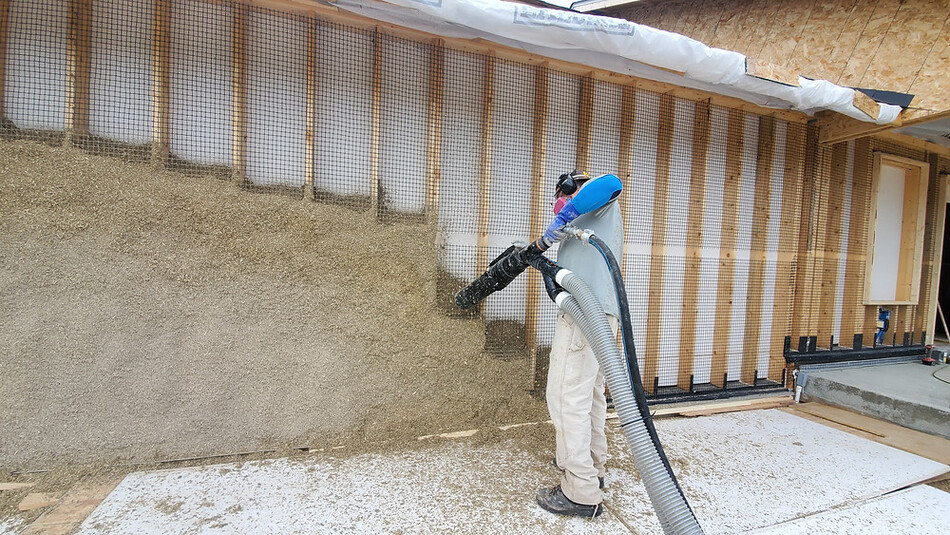

Introduction:
The New South Wales (NSW) Government has recently made a commitment to achieve net zero emissions by 2050.
As a result, the BASIX standards for energy use and thermal performance in new home builds in NSW have been increased. These new standards will come into effect on October 1, 2023. If you’re planning to build a new house, it’s crucial to understand how these changes will affect you.
Background:
The National Construction Code of Australia (NCC) sets out the national standards for energy efficiency in new buildings. However, in NSW, the Building and Sustainability Index (BASIX) applies to all residential dwellings instead of the NCC.
Changes to the BASIX Scheme:
Following the recent amendments to the National Construction Code’s energy efficiency provisions, the NSW Government has implemented equivalent changes under the BASIX scheme. These changes include:
- Increase in Thermal Comfort Target: The minimum thermal comfort target has been raised from 5.5-star NatHERS (Nationwide House Energy Rating Scheme) to a 7-star rating, aligning with the NCC requirements.
- Stringency in Energy Consumption: The energy consumption requirements have become more stringent, varying based on the location and type of the building.
- Reporting Embodied Emissions: A new provision has been introduced to calculate and report the embodied emissions of building materials used in the construction. Although there are no specific targets or benchmarks, information on embodied emissions must be provided through a new calculator.
Impact on New Home Builds:
For those planning to build a new home, the key changes that will come into effect on October 1, 2023, are as follows:
- External Wall Insulation: A minimum insulation rating of R2.5 is now required for external walls.
- Roof Insulation: The minimum insulation rating for roofs has been raised to R6.0.
- Use of Light Roof Colors: The use of light roof colors is encouraged to minimize heat absorption.
- Window Requirements: Single-storey home designs must have Low E coated glass in bedroom windows and double-glazed windows in the living room. Double-storey homes are required to have double-glazing for all windows except wet areas.
Cost Considerations:
It’s important to note that these changes may result in higher upfront construction costs to achieve the average 7-star rating. However, the benefits have been assessed to outweigh the costs. Homes meeting the higher standards will provide increased comfort, with passive cooling in summer and improved insulation in winter. The lower operational costs of these homes are estimated to offset the initial investment within a decade, resulting in long-term savings. Additionally, homeowners can take pride in their contribution to environmental sustainability by reducing carbon emissions.
Ensuring Compliance:
As a Kurmond Homes customer, you can rest assured that we will handle the BASIX certification process and ensure your new home is compliant with the updated regulations. Our builders consider various factors to meet the new requirements and ensure that build permit applications align with the revised specifications.
Preparing for the BASIX Changes:While these changes will lead to increased building costs for most homes, the actual amount will vary depending on factors such as location, block aspect, and home design. Design elements like ceiling height, window size, and the number of windows play a role in determining the overall costs.
If you’re currently in the process of designing your new home and wish to maintain your existing plans, it’s important to ensure that your application is submitted with a valid BASIX certificate before October 1, 2023. Although this deadline may seem far off, taking action now is crucial to meet the requirements and avoid any delays. Building a new home is a complex project that requires careful planning and implementation, often taking several months to complete.

